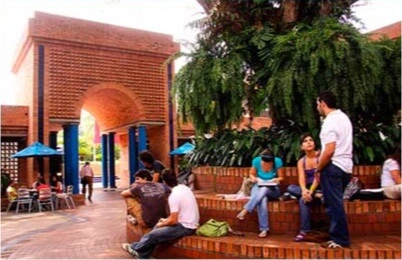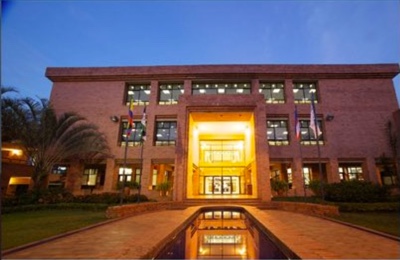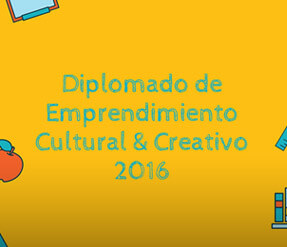Investigadores Icesi: María Francisca Villegas (COL)
The human population of the city of Cali, in Colombia, increased from ~1’400.000 in 1985 to ~3’700.000 in 2018 (DANE, 2018). This increase has been coupled with an increase in municipal waste, putting pressure on current waste management systems. In Colombia, as in most developing countries, organic waste (biowaste) constitutes a large proportion (50-80%) of waste generated under low- and middle-income settings (Troschinetz and Mihelcic, 2009). In Cali marketplace, generated fruit, flower and vegetable residues are currently mainly dumped on landfills and dumpsites (without any treatment), where they increase the risk of groundwater water and soil contamination, rodent infestation, GHG emissions and air pollution from strong odors, which are all potential human health and environmental hazards. This has put pressure on local authorities to explore a comprehensive waste management system that minimizes waste and increases the economic value of waste.
One of the waste management alternatives available is the implementation of anaerobic digestion systems from which renewable energy in the form of biogas is generated with the concomitant production of digestate. Besides the benefits, small-scale biogas plants in Colombia are not a commercially viable investment, when biogas is only taken as commercial product. As result this project aims at produce digestate with comparable characteristics to what can be obtained from a waste to energy facility that will treat 54 tons of organic waste each day sourced from central markets in Cali. In order to further assess its uses and commerciality as organic fertilizer becoming an additional revenue source to improve the viability of biogas plants. The different tasks will include:
- Conducting monitoring and sampling campaigns of 14 representative feedstock samples to track, separate, typify and quantify organic waste generation at the indicated local marketplaces, during dry and wet seasons. Also, the weekly sampling for the 50 L pilot plan operation.
- Characterization of the chemical and physical properties of the organic waste fractions in terms of dry matter and volatiles solids content, carbon oxygen demand, pH and nutrient content (NPK), and identify potentially valuable mixtures that are feasible, based on their temporal dynamics and characteristics.
- Assess the biomethane potential under the VDI 4630 German norm of the defined valuable mixtures employing 1L batch systems with online flux monitoring systems.
- Subjecting organic waste to anaerobic digestion trials at pilot scale in a 50 L semi-continues stirred tank system (sCSTR) over 6 months to produce the digestate by-product of interest with consistent quality for further characterization.
- Characterization of the digestate by-product in terms of dry matter and volatiles solids content, carbon oxygen demand, pH, NPK content and heavy metals presence to determine its nutritional value.
Colaboradores: Fraunhofer ICT, Universidad del Valle
Financiador: GGGI
Fechas: diciembre 2019 - octubre 2020
Contacto:
Maria Francisca Villegas
Esta dirección de correo electrónico está protegida contra spambots. Necesita activar JavaScript para visualizarla.







